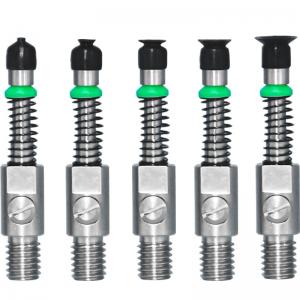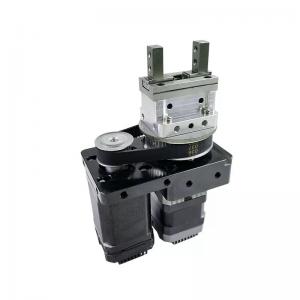Quadruped Robot Dog
8 degrees Pineapple Dog
a. 2 gaits: Trot gait and Walk gait.
b. Posture adjustment, turning, falling and standing up, height adjustment.
(1) ESP32-DOWDQ6 Main Chip:
Built-in two low-power Xtensa 32-bit LX6 processors;
On-chip storage including 448KB ROM, 520KB RAM, etc.;
4 SPI, 2 I2C, 3 UART, 2 DAC and other advanced peripheral interfaces.
(2) Integrated 4MB SPI FLASH and 8MB PSRAM.
(3) MG90S Servo
(4) 16-channel PWM servo drive output.
(5) Supports Wi-Fi and Bluetooth communication protocols.
(6) MPU6050 three-axis gyroscope sensor.
12 degrees Paipai Dog
(1) Flexible joints, more bionic form.
(2) 3 gaits: Trot gait, Walk gait, Translate gait.
(3) Can achieve self-stabilization, uphill and downhill movement, and remote control.
a. ESP32-DOWDQ6 main chip, built-in two low-power Xtensa 32-bit LX6 processors, on-chip storage including 448KB ROM, 520KB RAM, etc.; 4 SPI, 2 I2C, 3 UART, 2 DAC and other advanced peripheral interfaces.
b. Integrated 4MB SPI flash and 8MB PSRAM.
c. MPU6050 three-axis gyroscope sensor.
d. 16-channel PWM servo drive output.
e. Supports Wi-Fi and Bluetooth communication protocols.
f. Supports gimbal and visual application expansion.

The Paipai Dog has 12 degrees of freedom, while the Pineapple Dog has 8 degrees of freedom. There are differences in the mechanical structure (appearance - different 3D printed parts) and the electronic control section (the Paipai Dog's PCB board has an additional gyroscope and PS2 soldering). The electronic control section differs by having an additional gyroscope and PS2 controller, and the soldering is also different.









